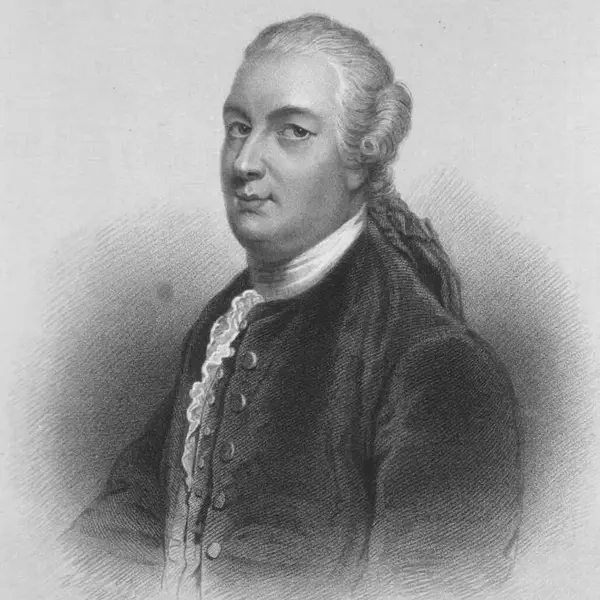
James Bruce Discovers the Source of the Blue Nile, Lake Tana in North-West Ethiopia.
November 14, 1770
James Bruce of Kinnaird (14 December 1730 – 27 April 1794), a Scottish explorer, a British traveller and travel writer, is credited with rediscovering the source of the Blue Nile. In 1770, he reached Lake Tana in north-west Ethiopia, which he identified as the source of the Blue Nile. Lake Tana is the largest lake in Ethiopia and is located in the Amhara Region.
In June 1768, he arrived at Alexandria, having resolved to endeavour to discover the source of the Nile, which he believed to rise in Ethiopia. At Cairo, he gained the support of the Mamluk ruler, Ali Bey. After visiting Thebes, where he entered the tomb of Ramesses III, KV11, he crossed the desert to Kosseir, where he embarked in the dress of a Turkish sailor. After an extensive navigation of the Red Sea in a local vessel, he reached Jidda in May 1769, and after a stay in Arabia he recrossed the Red Sea and landed at Massawa, then nominally in possession of the Turks, but actually controlled by the local N’aib, on 19 September. He reached Gondar, then the capital of Ethiopia on 14 February 1770, where he was well received by the Emperor Tekle Haymanot II, Ras Mikael Sehul, the real ruler of the country, Weizero Aster, wife of the Ras (whom Bruce calls “Esther”), and all Ethiopians generally.
His fine presence (he was 6-foot 4 inches high), his knowledge of Ge’ez, his excellence in sports, his courage, resource and self-esteem, all told in his favour among a people who were in general distrustful of all foreigners. He received court appointments as Gentleman of the Bedchamber and commander of the Koccob Horse, the Emperor’s household cavalry. He stayed in Ethiopia for two years, gaining knowledge, copying books and collecting herbs that had special medical use, which he later presented as a gift to the French and Italian monarchs.
On 14 November 1770, he reached Gish Abay, the source of the Lesser Abay. When they reached the springs at Gish, James Bruce celebrated his achievement, by picking up a half coconut shell he used as a drinking cup, filling it from the spring, then obliged Strates to drink a toast to “His Majesty King George III and a long line of princes”, and another to “Catherine, Empress of all the Russians” – this last was a gesture to Strates’ Greek origin, since Catherine the Great was just then at war with the Turks in the Aegean Sea. More toasts followed. Though admitting that the White Nile was the larger stream, Bruce was the first European to argue that the Blue Nile was the Nile of the ancients- and thus its source.
Bruce’s journey was part of his extensive travels in North Africa and the Horn of Africa. He chronicled his adventures and findings in his famous work, “Travels to Discover the Source of the Nile,” which was published in 1790. While Bruce’s account faced some skepticism at the time, subsequent explorations confirmed his discovery of Lake Tana as one of the major sources of the Blue Nile. The Blue Nile and the White Nile converge in Sudan to form the Nile River, which flows through Egypt and into the Mediterranean Sea.